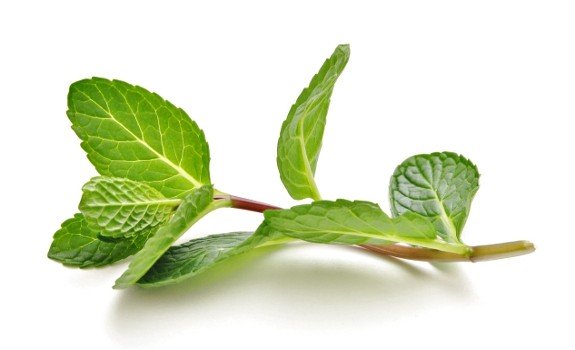Estafiate: The Ancient Healing Herb
Many of the world’s supreme curative agents have been derived from simple, commonly available, native herbs and spices. Mexico, along with its rich culture and landscapes, also offers generations of traditional healing techniques. Largely ignored by contemporary herbalists, Estafiate is preferred by the gypsy healers, native Mexicans, and traditional healers. Europeans, and many indigenous Americans, traditionally associate Estafiate with magic and dreaming. This herb has been professed sacred by early Europeans, and is still used for burning a ceremonial smoke or as a pungent smudge.

Some native tribes named this herb as women’s sage. Estafiate is a brilliant ally for women of all ages, as it can impressively ease common PMS troubles – an infusion or tea can be consumed to normalize delayed periods. Estafiate tea side effects are less when compared to their healing ability. The herb is also antimicrobial and anti-inflammatory, and is used to treat burns, bruises, wounds, and muscle pain.
What is Estafiate?
“Estafiate,” is the commonly used term for Artemisia ludoviciana, also called prairie sage, white sagebrush, Mexican wormwood, and Louisiana sage. Despite owning a Latin name, ludoviciana, subspecies of this herb are found all over North America. Estafiate is usually 1-2 feet tall, and sprouts in rocky or sandy soil. Their leaves are irregularly lobed and spear-shaped; the flowers are green or yellowish, and very small, The entire plant is covered in tiny hairs, giving it a silvery-green appearance.

The multifaceted benefits of Estafiate
A great deal of research is being conducted to determine the medicinal benefits of Estafiate, and most of its purported uses have been derived from traditional and folk sources. But a few ethno pharmacological studies have resulted in extending the use of this herb for various treatments like:
Reduction of pain: Estafiate shows a significant amount of “anti-nociceptive effect,” due to its opioid mechanism, and it’s highly effective in blocking pain. The leaves of the herb can be crushed to make a smooth paste, and can be applied over pain areas, cuts, bruises, and burns for instant relief. A tea made from the leaf extract or dried leaves can also be consumed.

For treating malaria: It can cut down the reproduction of malarial parasite; consuming Estafiate tea for 4-5 days can significantly bring down your illness. Estafiate tea side effects may vary from causing dizziness to excessive sleep, but will favorably cure malaria.
Treats diabetes: An organic extract of Estafiate is effective against diabetes; it contains lactone glycosides, like santonin and artemisinin, which helps in fighting Type 2 diabetes. It’s also rich in thujone, a poisonous compound if consumed in large amounts, but has high antimicrobial properties.
Consuming Estafiate in calculated amounts
The flowering tops and dried leaves of Estafiate can be used to make tea; however, the drink will have an intensely bitter taste, and can be extremely difficult to drink. If you wish to consume Estafiate tea, take one teaspoon of dried Estafiate for every one cup of water, and let it brew for 15 minutes. This tea can be consumed as per your need, but always begin with small amounts, like a quarter of a cup. It can also be taken as a tincture, by taking Estafiate and alcohol in the ratio of 1:2. Around 5 to 10 drops of this mixture can be consumed daily by dissolving the mixture in a cup of warm water.
If you consume large amounts of this tea, then Estafiate tea side effects may range from causing convulsions, delirium, paralysis, and potentially even death. This is chiefly due to the presence of thujone, an active narcotic poison. However, since this wonder herb has a long history of usage, a small, controlled dosage can be taken without causing any harmful side effects.
Be sure to consult your healthcare professional before starting an Estafiate dosage. Avoid any forms of self-medication and self-diagnosis to stay safe and away from harm’s way.